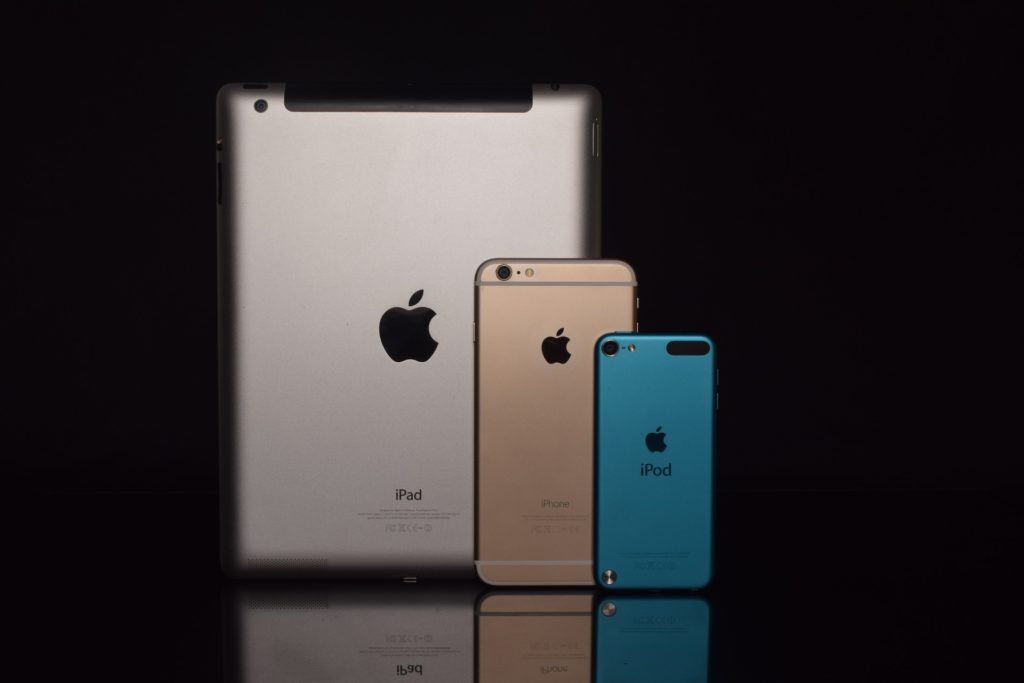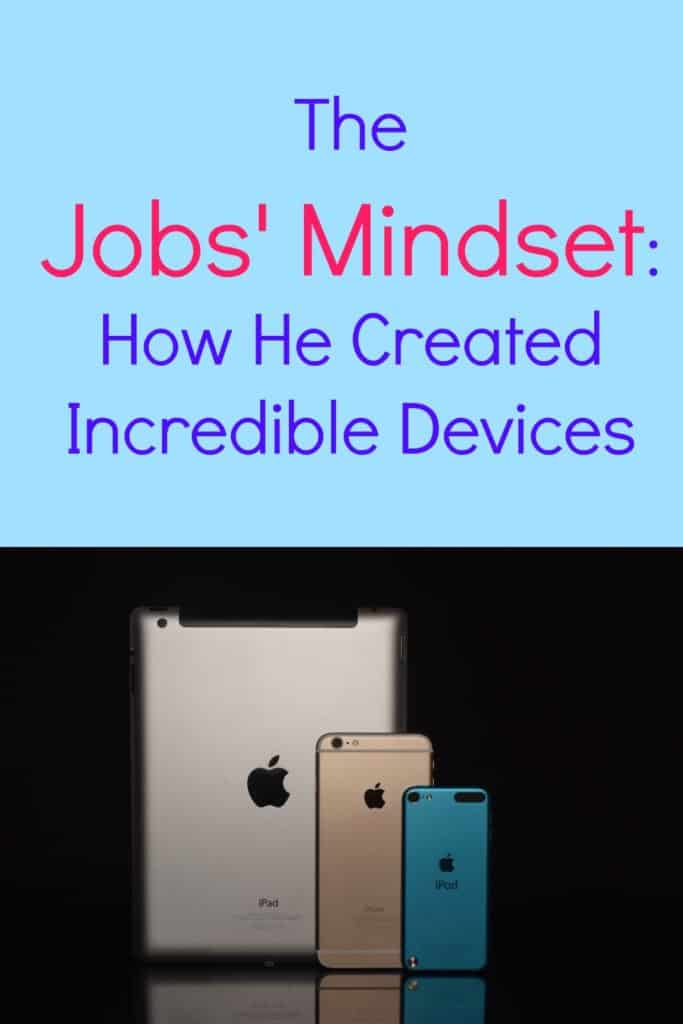Steve Jobs was a business legend – perhaps the most influential person in the consumer electronics space ever, and leader of what is now the world’s largest company by both revenues and profits, Apple. But what was it that allowed him to create electronic devices that people actually wanted?
It turns out that it had a lot to do with his mindset.
User Experience
Jobs’ real breakthrough product was the iPod. It was a simple device by today’s standards, with membrane switches and about enough space to store a thousand tracks. But it was the form that really made the difference. Jobs knew that if he wanted to create incredible devices that people would love, they had to feel natural to use. He immediately set about getting rid of any extraneous features that many music players of the time had, like CDs and complicated menus, and instead focused on the essentials.
Music, he reasoned, didn’t need to be stored on discs or cassettes anymore. Silicon Valley had already developed the storage technology which would allow him to enable people to load as many tracks as they liked onto their devices. Thus, the first iPod shipped with 5GB and 10GB models.
Jobs’ mindset was entirely different. Instead of asking how to do what other people were doing better, he asked instead how he could make listening to music more enjoyable. By starting with that inherently open-ended question, he was able to approach the problem of portable music from an entirely different perspective. No longer was he shackled to the idea that he had to fit into the existing ecosystem of products. Instead, he reasoned, the improved user-experience from the iPod would be more than enough to draw people in.
Platform Economics
The next thing that jobs understood was the fact that to really build a permanent presence in any industry, it’s not enough to just have products, you have to have platforms too. An iPod is a product. iTunes is a platform: it’s something that facilitates a network.
By thinking in terms of platforms, Jobs managed to turn Apple around. Since his departure in the 1980s, the company had foundered. But when Jobs returned, his new platforms meant that people had to “go through” Apple to get the services that they wanted. Music companies had to put their music up on Apple’s platform. App developers had to create products that would be compatible with Mac and so on. In so doing, Jobs created a network of companies which were all effectively working together to make his products better.
New Form Factors
Finally, Jobs wasn’t afraid to think outside of the box. Back in the 1980s, his company created the mouse. Then, in 2010, Apple introduced the tablet computer – a device which had, up until that point, only featured in science fiction movies.
Jobs has always known the people don’t actually know what they want until they’re introduced to it. This mindset is what ultimately drove him to create the new types of products that he did.





